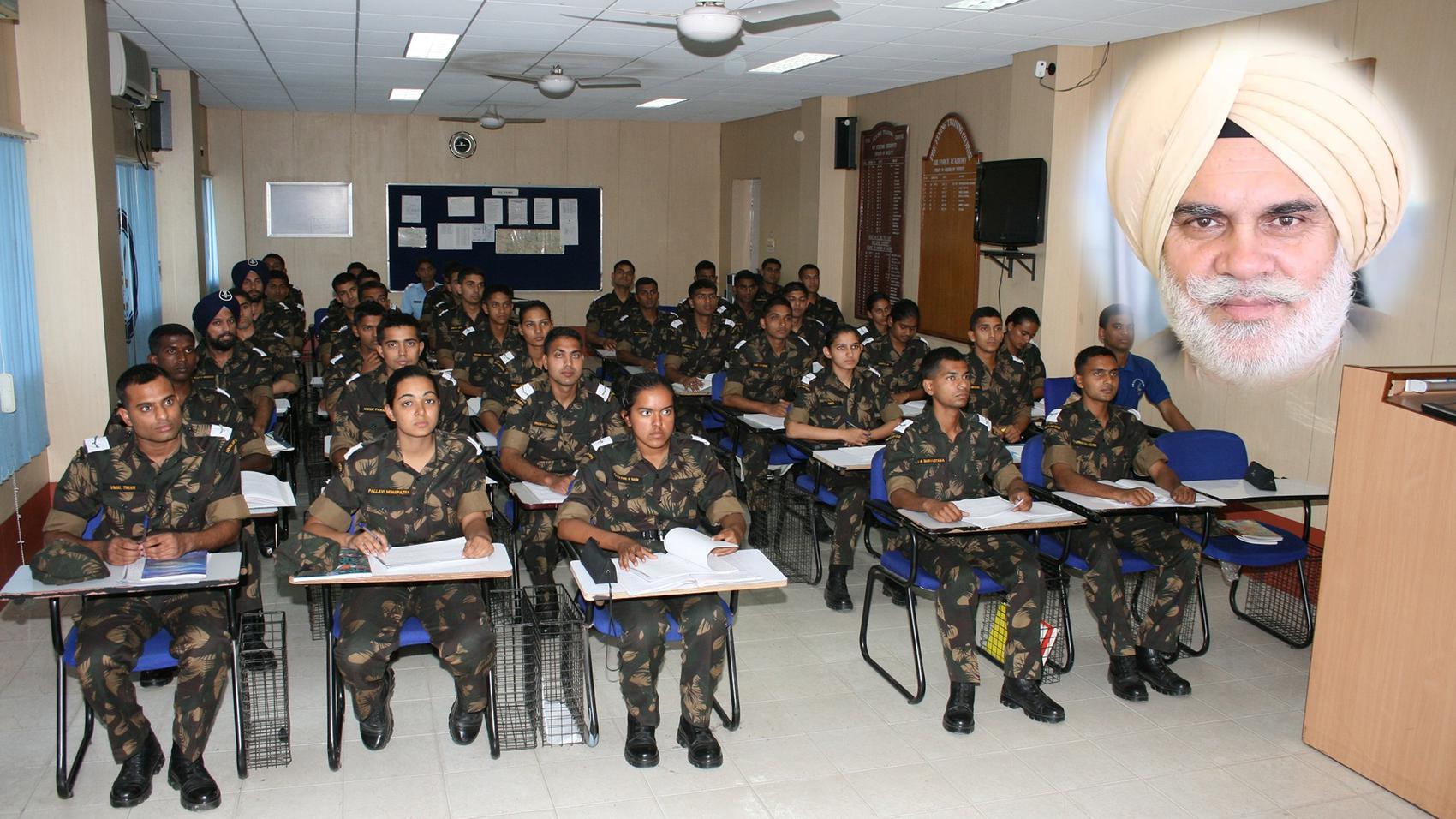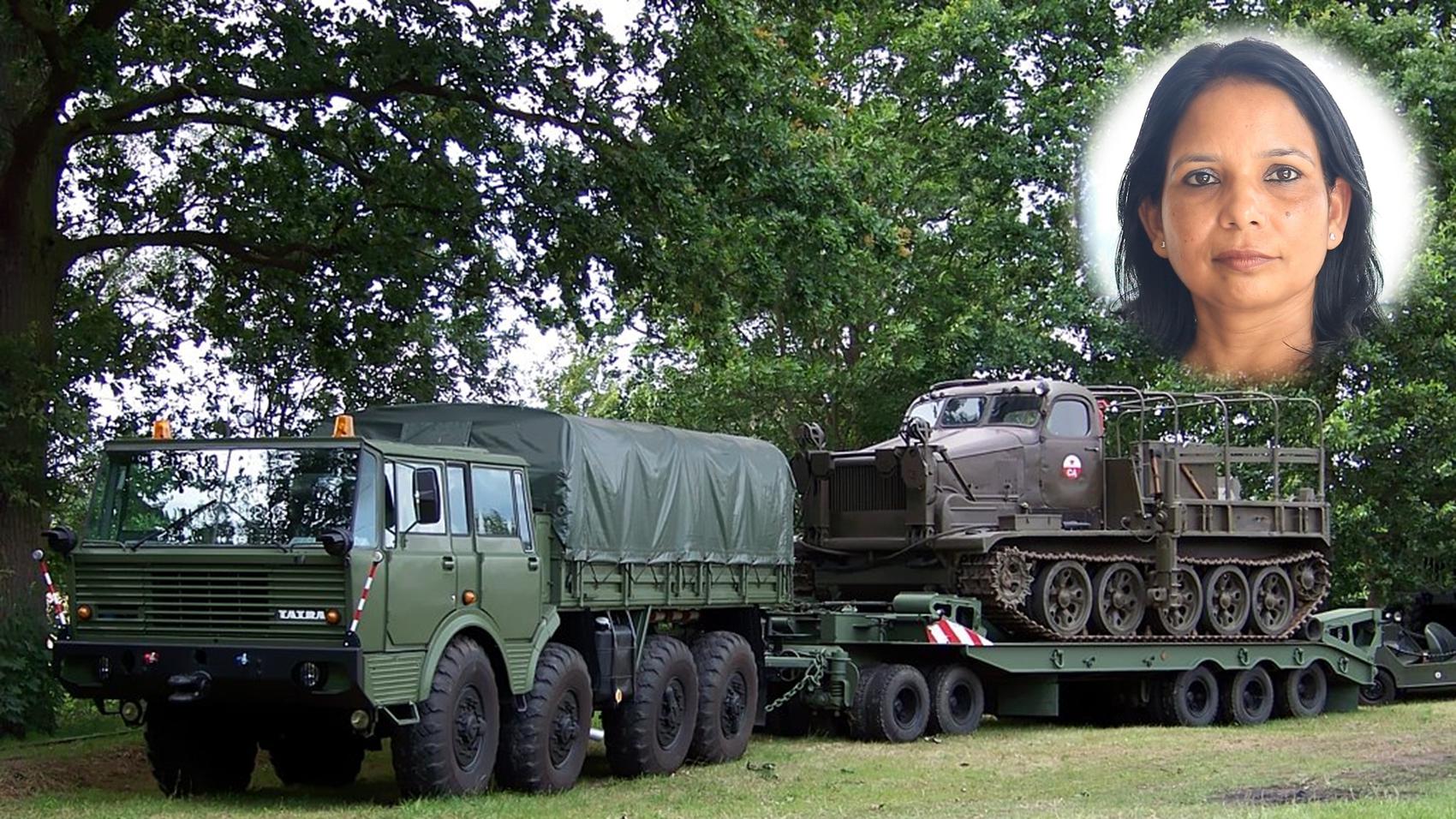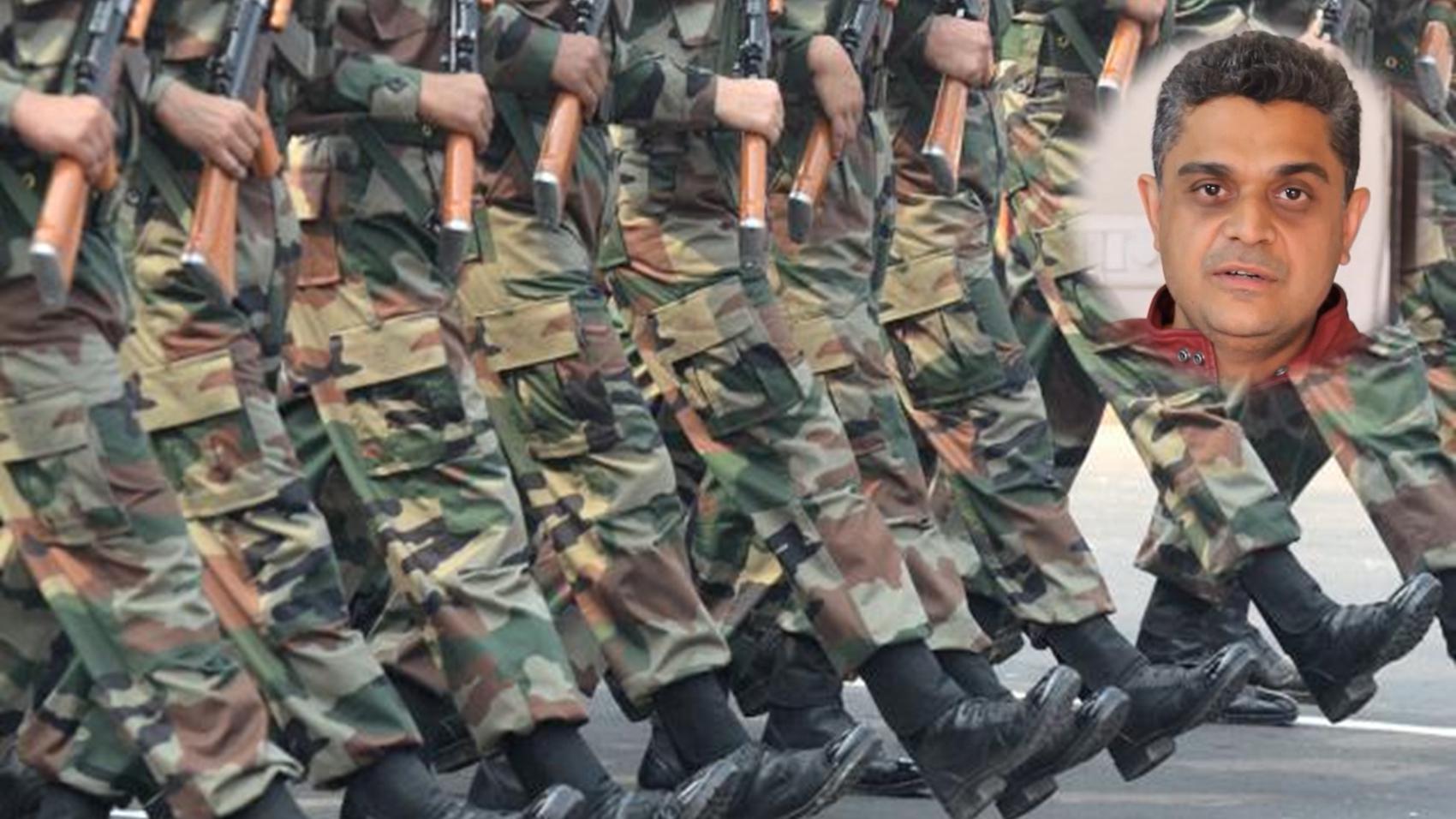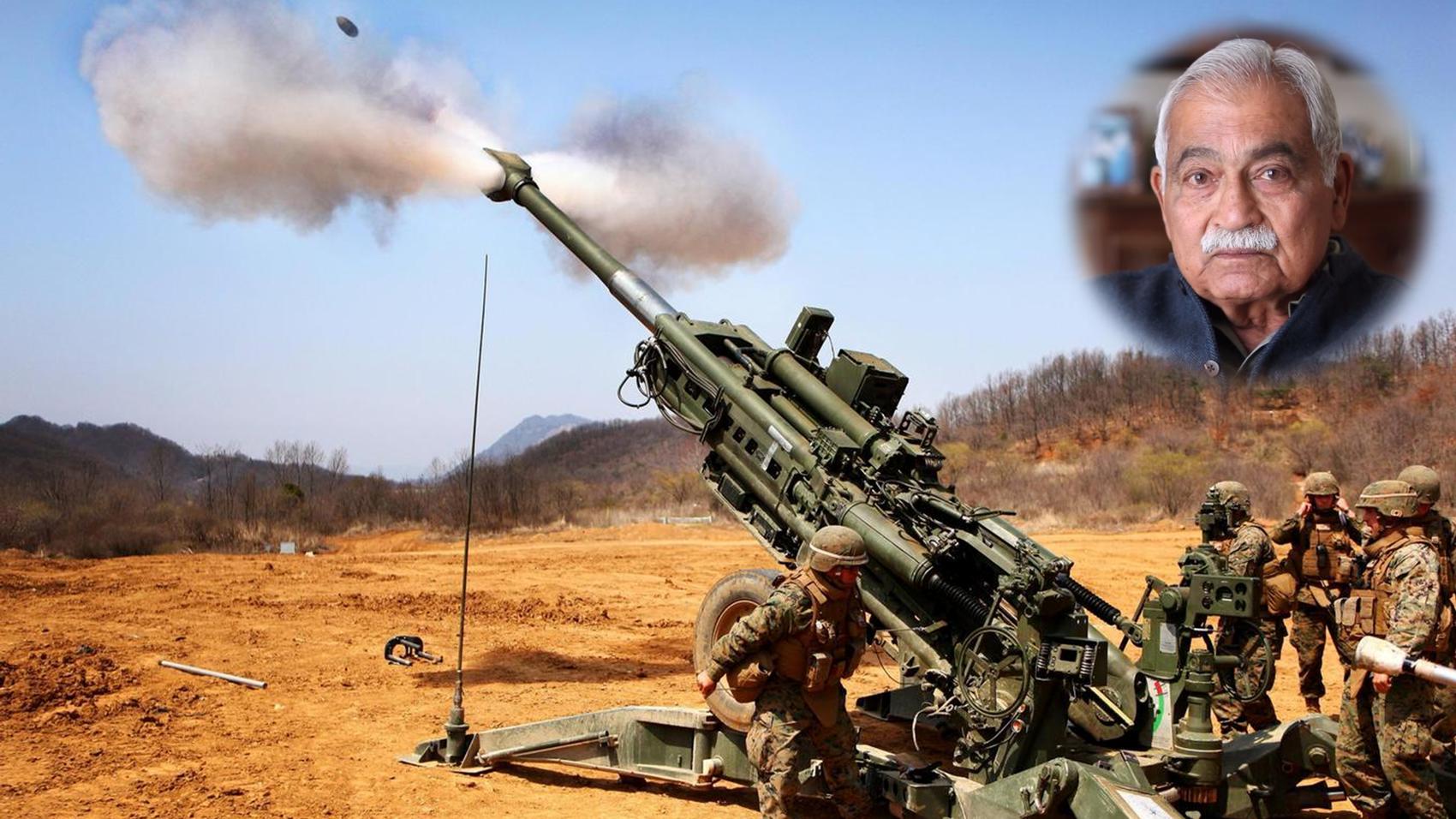ADC
Brig Sanjay Kumar Ahuja | ADC to President | President House, DelhiWhat is ADC?
A Career in ADC is very interesting. One should first understand What a Career in ADC entails before investing time and effort to figure out How to start a Career in ADC. While anyone can have an opinion on what ADC entails; only a real professional can really explain it.
With 2 years & 4 months of professional experience, ADC to President Brig Sanjay Kumar Ahuja understands ADC. Here is how ADC to President Brig Sanjay Kumar Ahuja detailed ADC:
An ADC is generally a junior officer who is an aide to senior officials of the rank of Maj Gen and above in the armed forces. From the forces point of view, Generals are commanders of strategic forces and perform a lot of administrative duties. They require someone to help them out by keeping tab of every issue that comes forth.
How ADC to President Brig Sanjay Kumar Ahuja got into ADC?
I have served in the Indian Army for 36 years, for 16 of those years I was in Kashmir. I was honored with Yudh Seva Medal and I have a PhD. During my professional career I had the opportunity to serve as ADC to two presidents of India, Gyani Zail Singh and R. Venkataraman, from the year 1987 to 1989.
ADC to President Brig Sanjay Kumar Ahuja's Talk on ADC |
|
| Starts with what is: | |
| 1) | ADC |
| Next, it covers Education. In this Talk Education was discussed as theoretical topics needed to excel at ADC, and not as Qualifications needed to enter ADC. It details these topics within Education for ADC: | |
| 2) | Understanding of Protocols |
| Then, the Talk focuses on the most important component that is Skills. Skills are the most important factor determining success in a ADC. It discusses following headings for Skills in ADC: | |
| 3) | Observant |
| 4) | Quick Response |
| 5) | Smart |
| 6) | Trust Worthy |
| 7) | Reasoning Ability |
| 8) | Worldly Wise |
| ADC has an interesting list of Positives. These are the Positives of ADC: | |
| 9) | Exposure |
| 10) | Lifestyle |
| 11) | Develop Confidence |
| After a discussion on Positives, Challenges complete the caricature of ADC: | |
| 12) | Deviation From Shouldering |
| 13) | Difficult to Keep Your Feet on Ground |
| In the final section of the Talk, Brig Sanjay Kumar Ahuja talks about How a day goes in a Career in: | |
| 14) | ADC |
Install the LifePage App to:
- (for Free) Watch ADC to President Brig Sanjay Kumar Ahuja’s full ADC Career Talk
- (for ? 100 or ? $ 1.4) Do a Self Assessment on ADC to calculate your Dream Index, which is defined as:
According to Brig Sanjay Kumar Ahuja your chances of success in ADC is __%
- Access your personalized Dream Index Report which will have all your Dream Indices sorted in descending order.


How to get into
ADC?
If you are want to get into ADC, start by investing in a Career Plan.
The 14 hour process, guided by a LifePage Career Advisor, will help you introspect and check whether your interest in ADC is merely an infatuation or is it truly something you wish to do for the rest of your life.
Next, your Career Advisor will help you document how you can get into ADC, what education and skills you need to succeed in ADC, and what positives and challenges you will face in ADC.
Finally, you will get a Career Plan stating which Courses, Certifications, Trainings and other Items you need to do in the next 7 years to become world’s best in ADC.
LifePage Career Plan
14 hour personalized guidance program


Your LifePage Career Advisor facilitates your guided introspection so that you systematically explore various Career options to arrive at a well thought out Career choice.
Next: your Advisor helps you figure out how you will get into your chosen Career and how will you develop the skills needed for success in your Chosen Career.
LifePage Plan will not stop at saying "to become an Architect study Architecture". It will guide you on which Certifications, Trainings and Other items you need to do along with your Architecture education to become the world's best Architect.
Links for this Talk
ADC to President Brig Sanjay Kumar Ahuja's LifePage:

[LifePage]
https://www.lifepage.in/page/brigsanjaykumarahuja
LifePage Career Talk on ADC

[Career]
https://www.lifepage.in/careers/adc

[Full Talk]
https://lifepage.app.link/20161004-0001

[Trailer]
https://www.youtube.com/watch?v=pmi7HrBgtJs
(ADC, Brig Sanjay Kumar Ahuja, President House, Delhi, ADC, Major, Maj General, Captain )
Similar Talks
Infantry is the general branch of an army that engages in military combat on foot. As the troops who engage with the enemy in close-ranged combat, infantry units bear the largest brunt of warfare and typically suffer the greatest number of casualties during a military campaign. Historically, as the oldest branch of the combat arms, the infantry are the tip of the spear of a modern army, and continually undergo training that is typically more physically demanding and psychologically stressful than that of any other branch of the combat arms.
"After completing my schooling from a Boarding School in Dehradun. I joined National Defence Academy in 1971 and passed out from there in 1974. After NDA, I joined Indian Military Academy and was commissioned into the Indian Army in 1975. I served Indian Army for 40 years and retired in Oct 2014 as a Military secretary."




|

|
Army recruits wide range of semi educated to graduate to professionals and they all are required to be trained to bring at a common level.
"After completing M A in political science, I joined the B S F in 1977 and stayed there for 3 years and thereafter in 1980, I was selected for the Army Education core."




|

|
Army Service Corps IS a corps and an arm of the Indian Army, which handles its logistic support function. While the history of supply and transport services is as old as the history of organized warfare itself it was in 1760 that the very rudimentary supply and transport organizations of the three presidencies of the East India Company were brought under the council of a single authority. The corps celebrated 251 years of its raising on 8 December 2011.
"After completing my graduation and post graduation, I did Ph D from Indore University. After that I got interested in joining army and got an opportunity to join Indian Army in 1994."




|

|
The Indian Army is the land-based branch and the largest component of the Indian Armed Forces. The primary mission of the Indian Army is to ensure national security and national unity, defending the nation from external aggression and internal threats, and maintaining peace and security within its borders.
"After completing my Graduation, I joined IMA and entered in to the Indian Armed Forces. I have served there as a Major and total tenure has been 8 years with various postings in different regiments as well as different places in India."




|

|
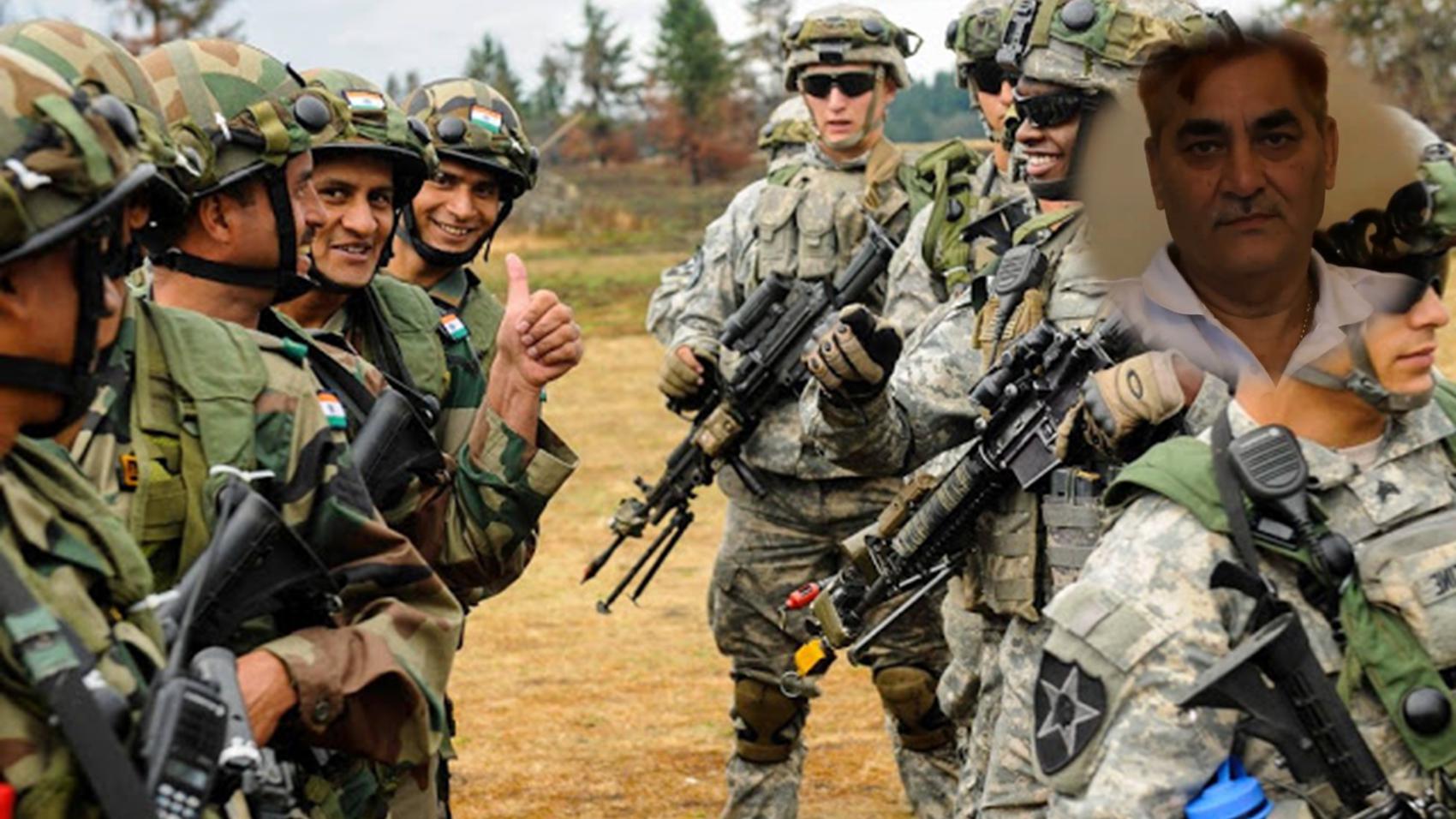
Commanding UN Troops
Brig Sanjay Kumar Ahuja
Troop Commander | UN Mission
Troop Commander | UN Mission
[ 0 years & 10 months Experience ]
United Nations Peacekeeping helps countries torn by conflict create conditions for lasting peace. Peacekeeping has unique strengths, including legitimacy, burden sharing, and an ability to deploy and sustain troops and police from around the globe, integrating them with civilian peacekeepers to advance multidimensional mandates. India has been the largest troop contributor to UN missions since its inception. So far India has taken part in 43 Peacekeeping missions with a total contribution exceeding 180,000 troops and a significant number of police personnel having been deployed.
"I served Indian Army for 36 Years, out of which 16 years in Kashmir. I have Yudh Seva Madal and PhD degree. Those who join the Army are good and the Army ensure that they become better. It is a noble profession. During my professional career I had the opportunity to serve as ADC to the President and also got the chance to be part of commanding troops in UN mission."




|

|
Artillery is a class of large military weapons built to fire munitions far beyond the range and power of infantry's small arms.
"I did graduation in Arts from Pathankot. Since I was Senior under Officer in the NCC, I got entrance to the Army and joined Indian Military Academy in 1959. I served in Indian Army for 32 years and retired as Brigadier in 1993. I then served in BSF for 4 years before retiring in 1997. I now run PAMMI NANDA FOUNDATION, the focus of which is on free computer education for economically weaker section."




|
[Install the LifePage App to access all Talks]



